So, Google is not entertaining the idea of naming its OS updates after desserts anymore. Which is why they are calling the Android 10 update just Android 10. There is no Android 10(something).
Google has already the sixth and final Android 10 beta and is all set to release the next big update to the public in the next few days or weeks. You may already be wondering what’s new with Android 10 and if and when your Android devices will get it. Well, here’s all the that is important for you to know.
Top Android 10 Features
Naturally, the Android 10 will pack in a hefty list of changes. There will be UI changes, and much more, but here are some new additions in Android 10 that you need to know first of all.
Dark Mode
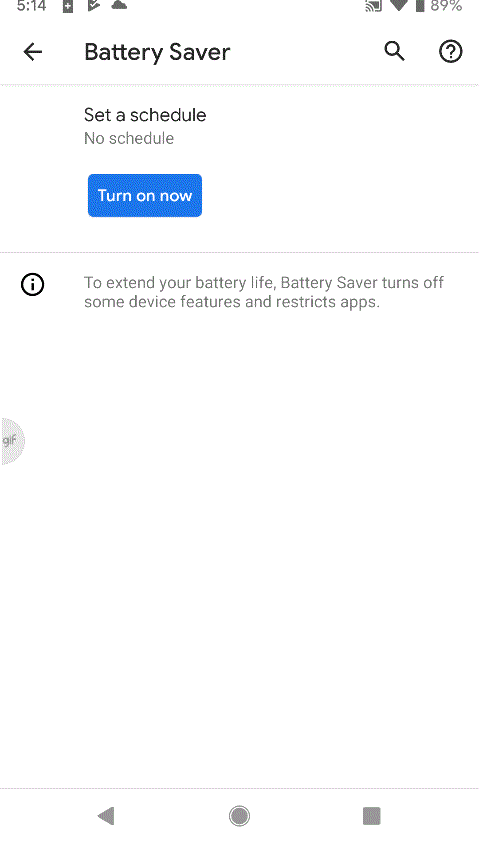
After seeing us ache for it for ages, Google has finally listened. The American tech giant is finally packing a system-wide dark theme in Android 10. You’ll be able to turn dark theme on or off via a handy Quick Settings toggle. Google has also released an API, which developer can use to make their apps switch to dark mode when the Quick Settings toggle is turned on.
No Back Button
After Android Pie introduced gesture-based navigation — while keeping the back button — most of us knew what to expect in the next iteration. Yes, Android 10 is ditching the legacy back button for good, replacing it with fully gesture-based navigation. You’ll need to swipe up to go home, swipe up and hold for multitasking menu, and finally, swipe from the left/right edge of your screen to go back.
Optimized Sharing
Android, the most widely used mobile OS in the world, packs a plethora of head-turning features. And while we can’t get over the endless customization options it brings, there are a couple of that still need refining. In principle, Android’s quick sharing works just like it’s supposed to, but the amount of time it takes to open the share UI is simply inexcusable. Google has worked on the issue in Android 10 and promises that there will be little to no delay in firing up the UI in Android 10.
Bubbles
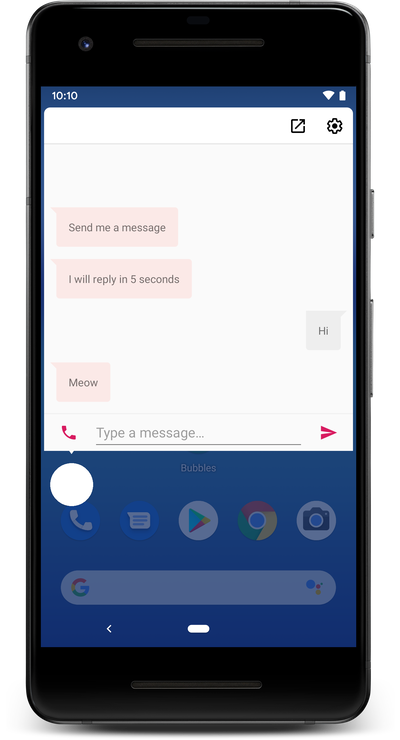
As our phones get more and more powerful, multitasking is starting to become an integral part of our daily lives. Android 10 takes multitasking a notch higher by introducing floating ‘chat heads.’ If you have used Facebook Messenger, you’re already familiar with the whole ‘chat heads’ concept. Only this time, Google is making it natively available to a variety of apps. Messages and Hangouts are already part of the package, with many expected to join the pack after release.
Live Caption
Google is striving towards making its products inclusive for all. And keeping in line with its commitment, the company is bringing a highly-useful accessibility feature named Live Caption. As the name suggests, it’ll caption video and audio files in real-time and won’t require you to be connected to the internet. The device’s in-house speech recognition and NLP will carry out the task locally.
Detailed Permissions
If you want more control over the info you are sharing with the apps on your device, Android 10’s reworked permission system is bound to catch your attention. You’ll get to see which apps you’ve given permissions to and the services they are using. Additionally, you can micromanage permissions by turning them on/off or allowing access only when the app is running.
Accent Colors
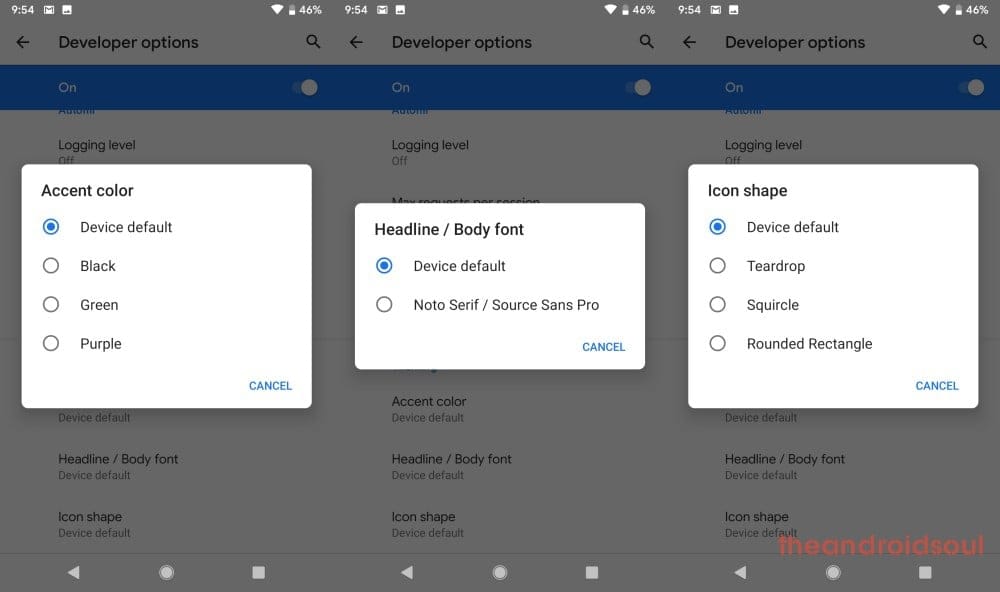
Up to Android 9, stock Androids had been offering very limited visual tweaks. Android 10 is bringing more visual customization options with the introduction of accent colors. You will have the option of picking from eight colors — Blue (default), Black, Green, Purple, Cinnamon, Ocean, Space, and Orchid — to reflect your mood and style.
Android 10 Release Date
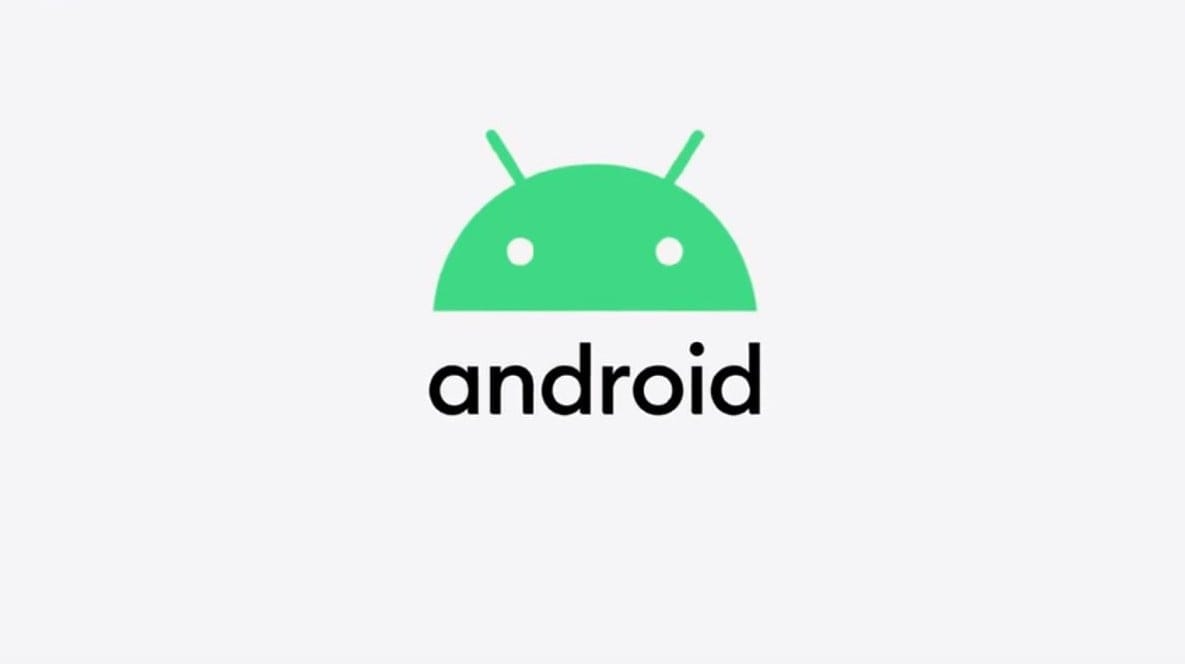
- Android 10 available for all the Pixel devices
- Essential Phone and Xiaomi Redmi K20 Pro have received Android 10 in a few markets
- Android 10 also available for OnePlus 7 and OnePlus 7 Pro as Open Beta build
Google released the Android 10 update on September 3, 2019, for its Pixel Android phone and on the very same day, Essential, Xiaomi and OnePlus also rolled out Android 10 in a limited manner.
Essential’s only phone is receiving the Android 10 update in open markets, while Xiaomi has rolled out Android 10 for only one handset, the Redmi K20 Pro, in India and China.

OnePlus is also in action. The company released Android 10 for two of its devices, OnePlus 7 and OnePlus 7 Pro, as Open Beta build. The stable OxygenOS 10 update based on Android 10 is expected soon for the two devices. That said, OnePlus also rolled out a new update for its OnePlus 6 and OnePlus 6T users that prepares the device for Android 10.
So, if you got a Pixel handset, you can be sure that your device in up for the stable Android 10 update. But what if you have a Samsung, OnePlus, LG, Nokia, Sony, Huawei, Honor, Xiaomi, or a device from any other OEM? Well, the release date will differ a lot in this case. The UI will change too in some cases where the OEM is using its own custom skin over the Android OS, like Samsung, Huawei, Honor, LG, Xiaomi, etc.
Check out all the eligible devices for Android 10 update along with their expected release date at the link right below.
For each of these OEMs, check out the dedicated Android 10 update pages we have at the links below, where we have covered a list of eligible devices and their expected release dates based on past performance.
When will OEMs release Android 10 update
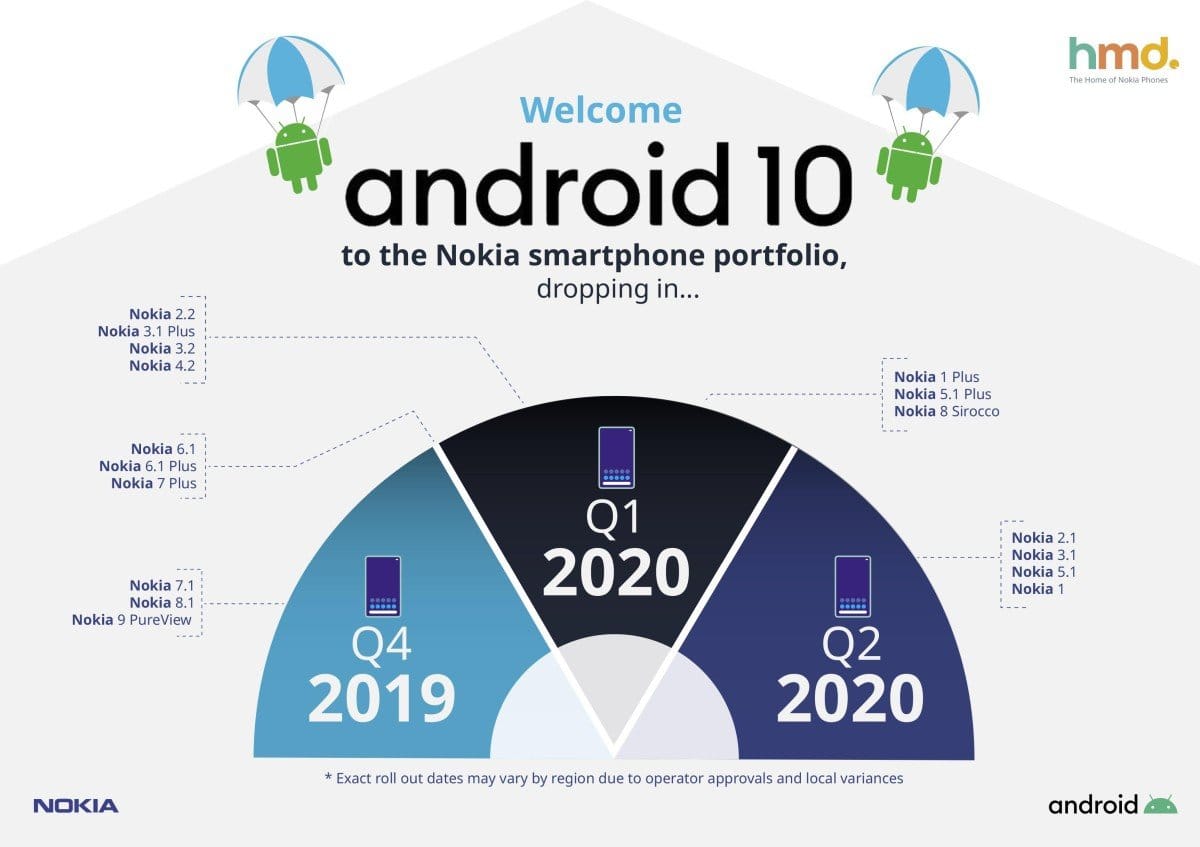
For details about an OEM, its list of devices that is eligible for Android 10, and their expected release date, check the page linked right below.
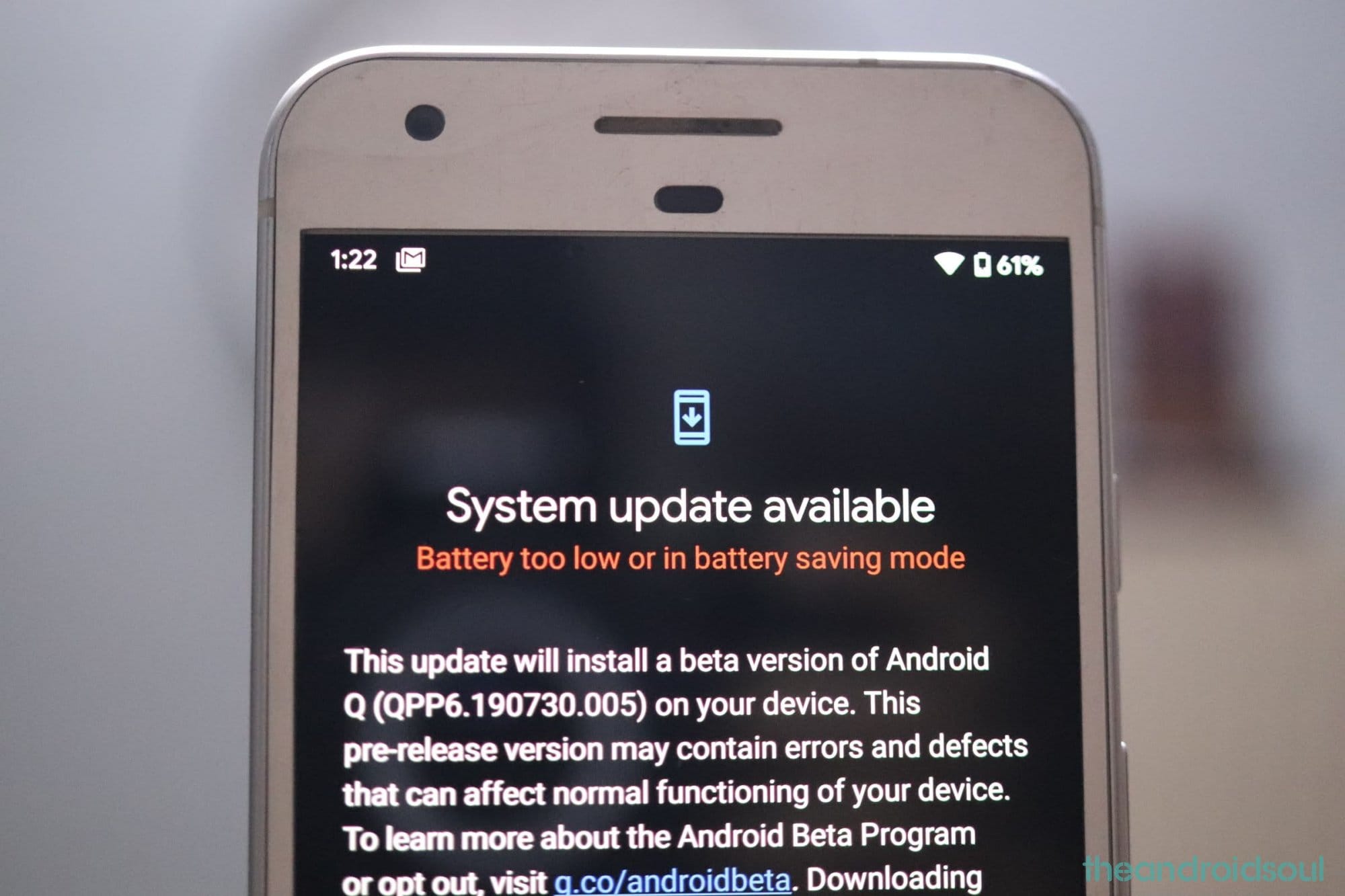
What will be Android 10 like on various devices and OEM?
Well, different devices will get different UI even though running the same Android 10 update at the core. That’s because the companies want to differentiate their products by offering unique UI and set of features over Android, to gain a competitive advantage over one another.
So, if you have a Samsung device, you will get One UI 2.0 OS that will be based on Android 10. On Huawei and Honor devices, EMUI 10 update will get you Android 10, while on Xiaomi, it can be any MIUI version (MIUI 9/10/11) that may get you Android 10. LG, Sony, Asus, Oppo, Vivo, RealMe, and HTC, all have their custom skin installed over the base Android OS, which is why the Android 10 update from these devices will look different from each other.
However, some OEMs do not change the UI a lot, despite adding useful features here and there, and that includes the likes of OnePlus, Motorola, and Nokia, whose Android 10 update will resemble the stock Android 10 OS — more or less similar to what you will see on Google’s own Pixel devices, except that Google is now customizing the UI a bit for its Pixel handsets, too.
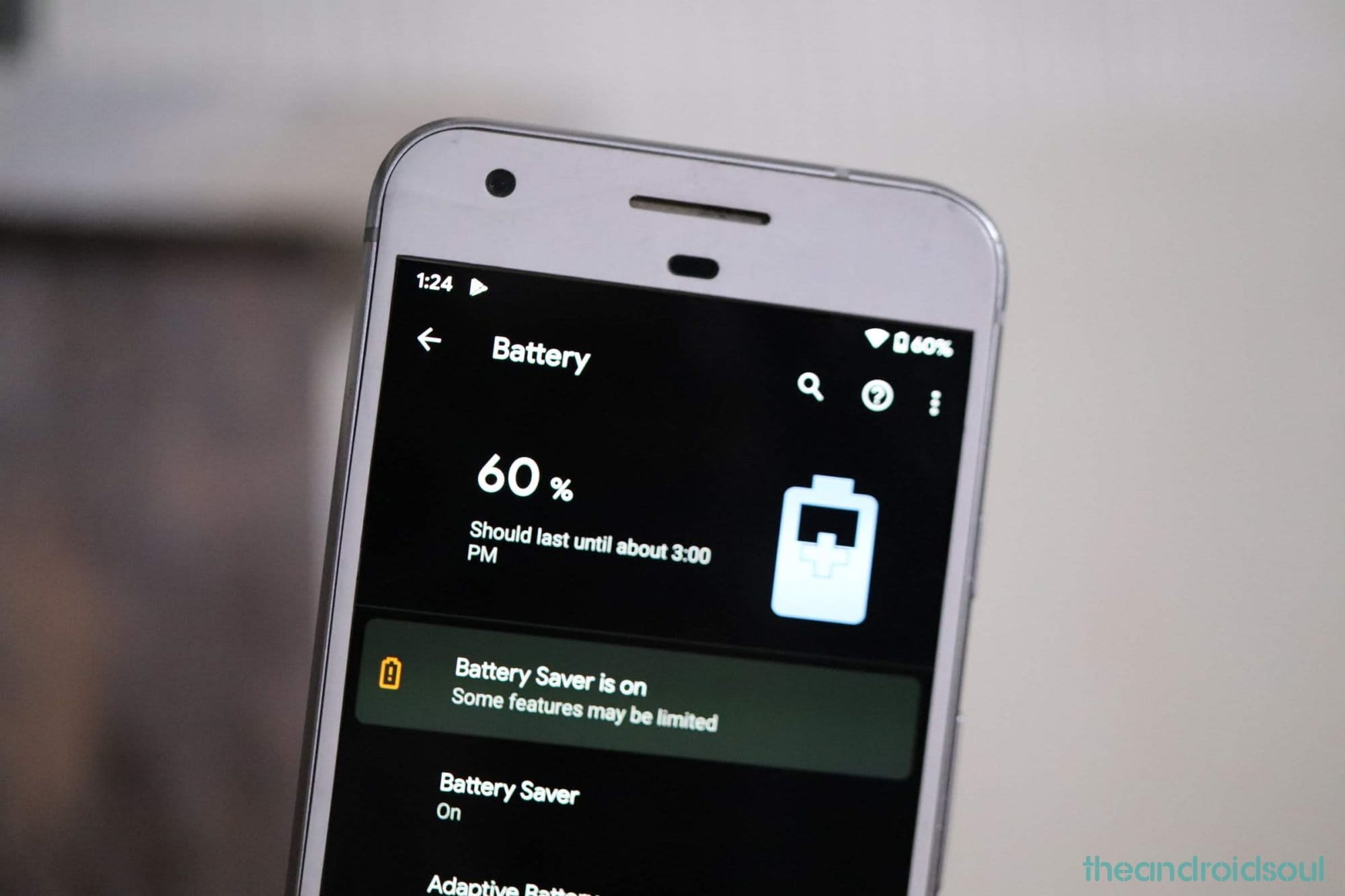
When will your Android device get Android 10 update?
Check out this comprehensive page on Android 10 eligible list of devices and their expected release date.
Also, just share the name and model no. of your device with us in the comments section below and we will try our best to give you an idea of Android 10 update release for your device.
What are your hopes with the Android 10 update? When do you think your device will be getting the update?

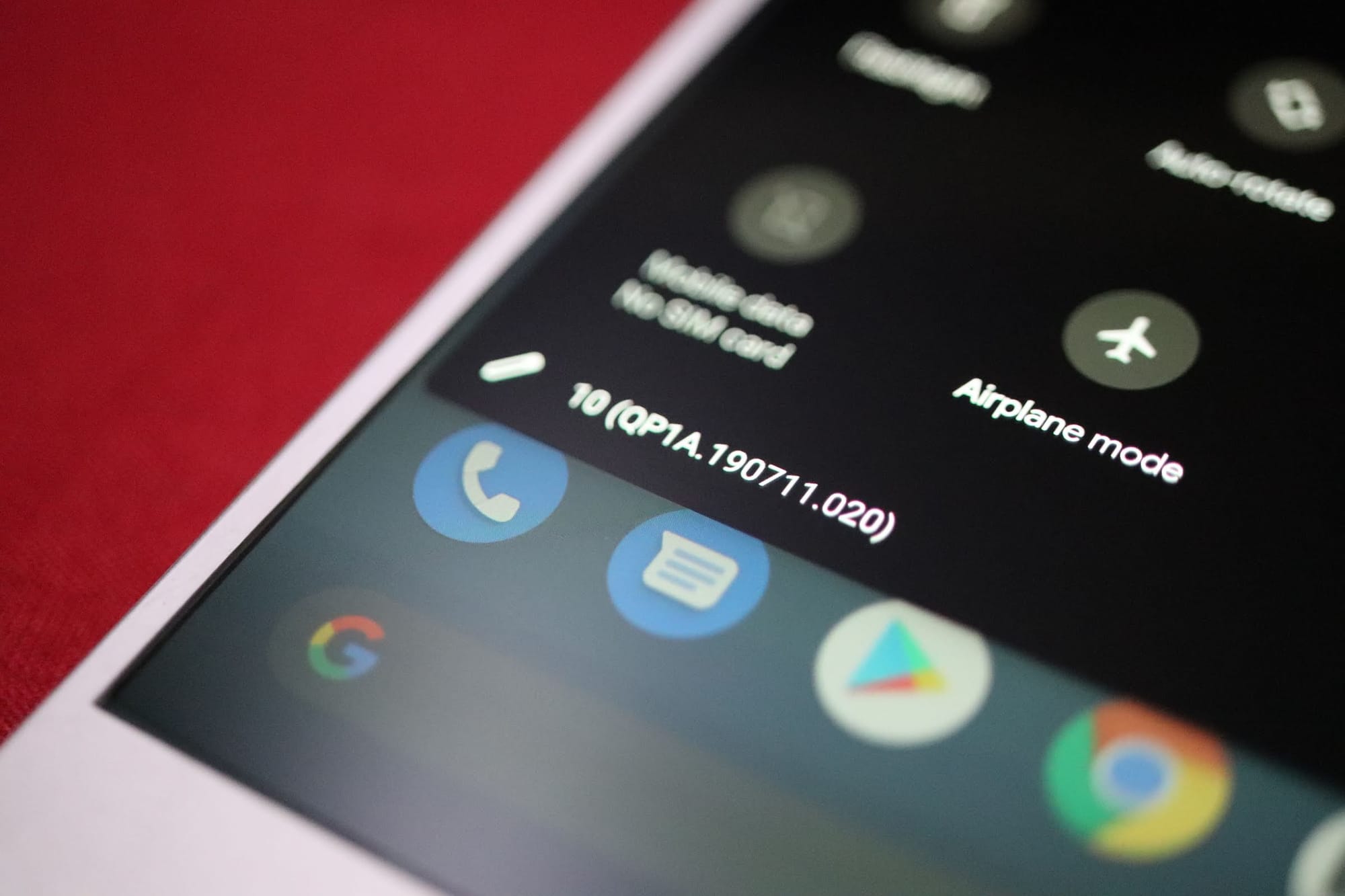










Discussion